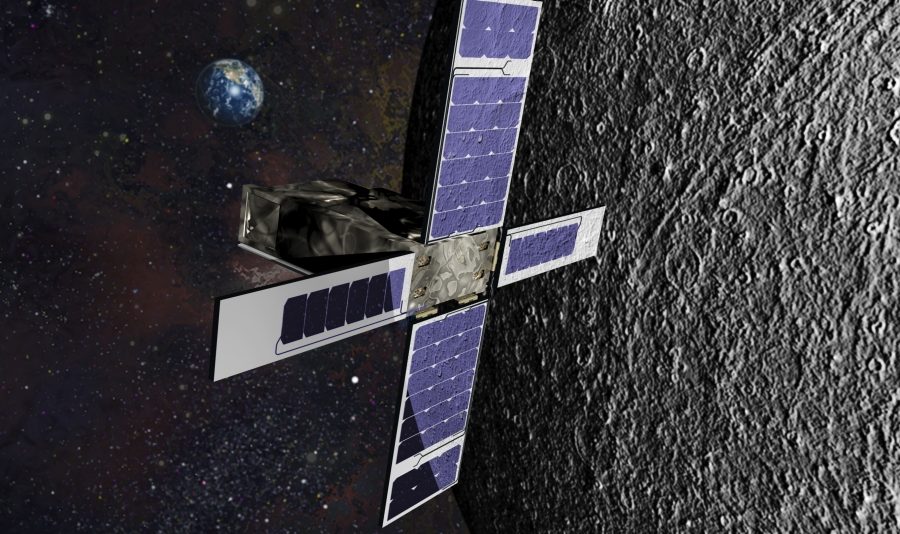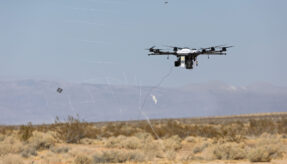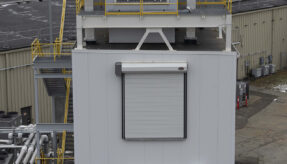
Lockheed Martin has signed a contract with NASA to deploy SkyFire, a 6U CubeSat planned to launch to the moon in 2018 with Orion’s Exploration Mission-1 (EM-1).
This ground-breaking infrared camera will take high-quality images with a lighter, simpler unit. This reduction in mass means lower payload cost and easier manoeuvrability in space.
The moon is just the proving ground for this new technology. If successful, the infrared system on SkyFire could eventually be used for cost-effective studies of a planet’s resources before humans arrive. This includes tasks such as analysing soil conditions, determining ideal landing sites and discovering a planet’s most liveable areas.
It’s not only SkyFire’s technology that makes this CubeSat’s mission larger than life. As part of NASA’s Next Space Technologies for Exploration Partnerships (NextSTEP) programme, SkyFire will catch a ride to the moon with 12 other CubeSats on EM-1.
SkyFire is a public private partnership between Lockheed Martin and NASA. Lockheed Martin will build the satellite with internal investments, and the newly signed contract will grant the company access to send the satellite to the moon aboard the EM-1 launch. NASA will in turn receive data from the mission. The Lockheed Martin development team primarily consists of early-career engineers in partnership with the University of Colorado Boulder.
John Ringelberg, Lockheed Martin’s SkyFire Project Manager, said: “SkyFire’s lunar flyby will pioneer brand-new infrared technology, enabling scientists to fill strategic gaps in lunar knowledge that have implications for future human space exploration. Partnering with NASA for another element of the Orion and Space Launch System EM-1 flight is very exciting.”
If you would like to read more articles like this then please click here
contract CubeSat EM-1 Exploration Mission-1 John Ringelberg Lockheed Martin lunar imaging NASA Next Space Technologies for Exploration Partnerships NextSTEP Orion Project Manager SkyFire







